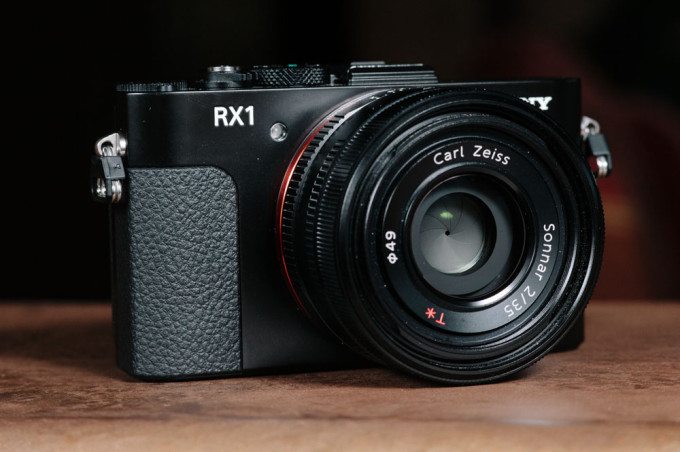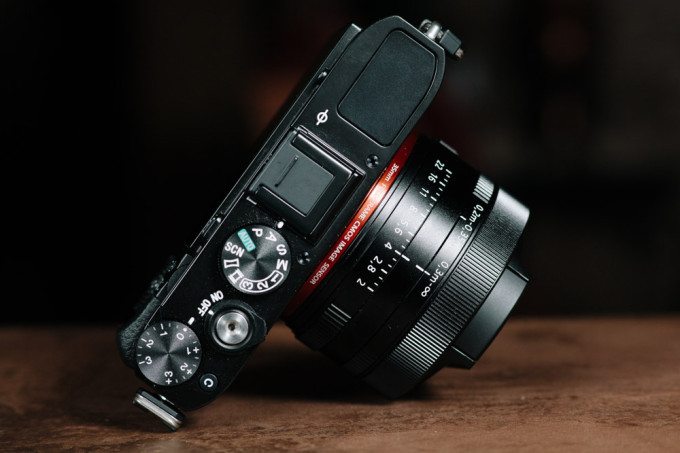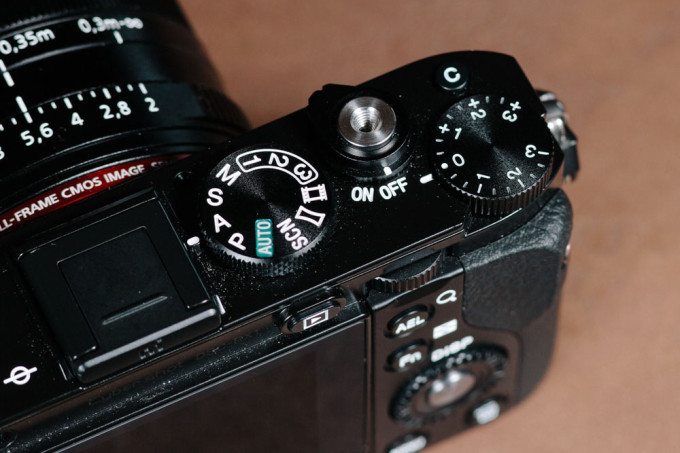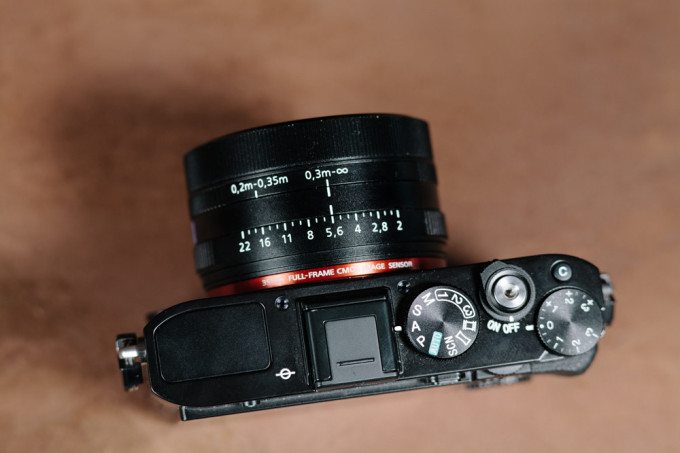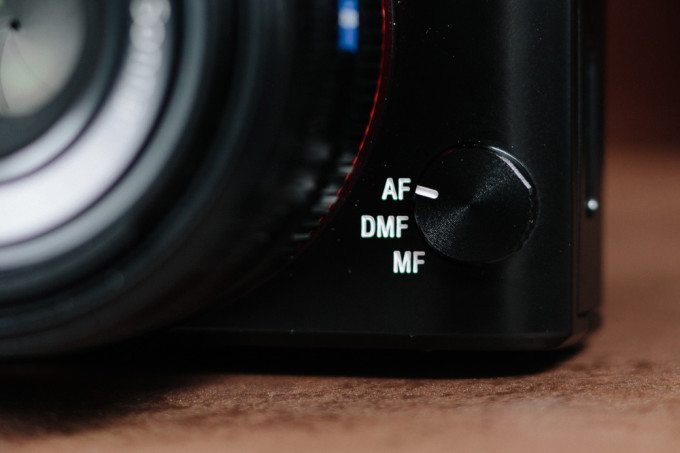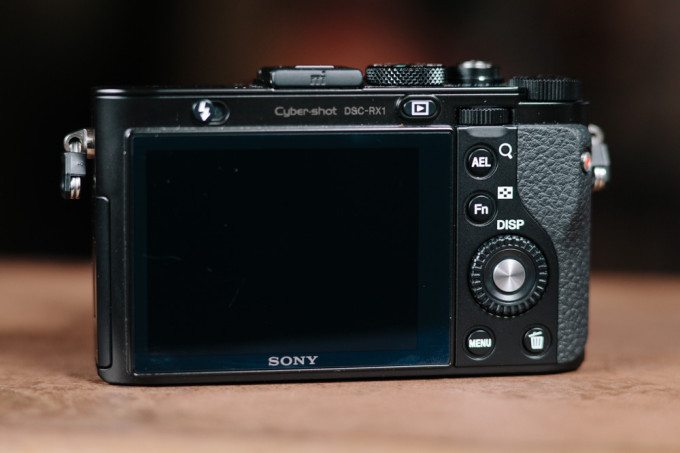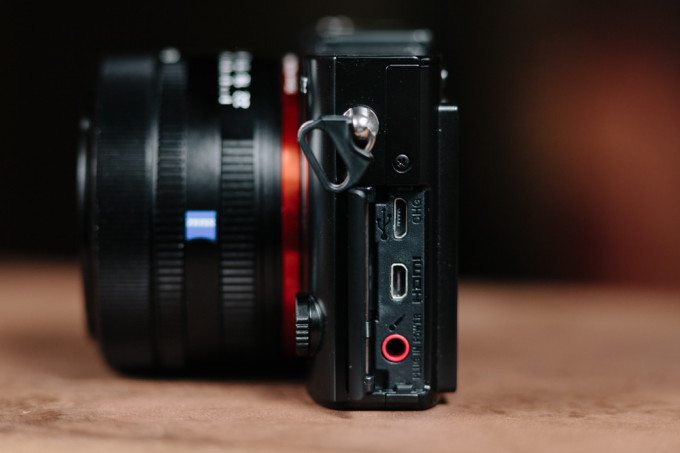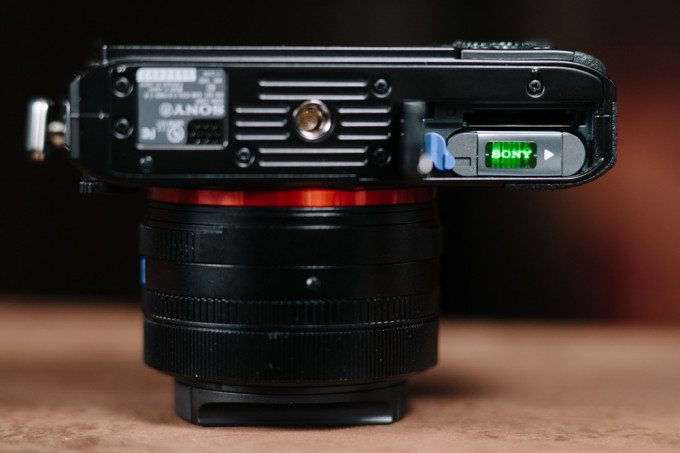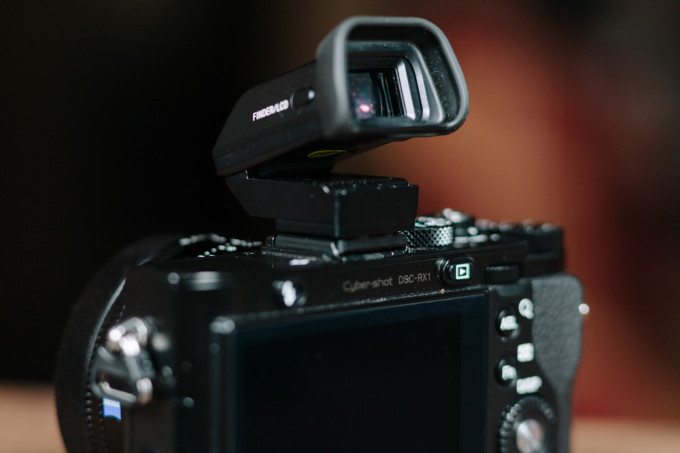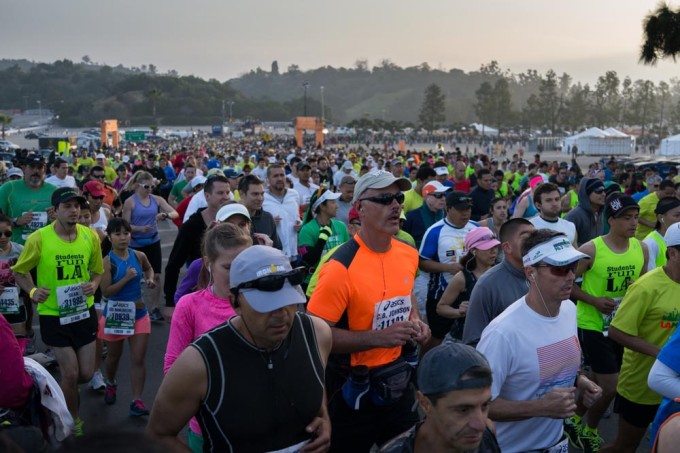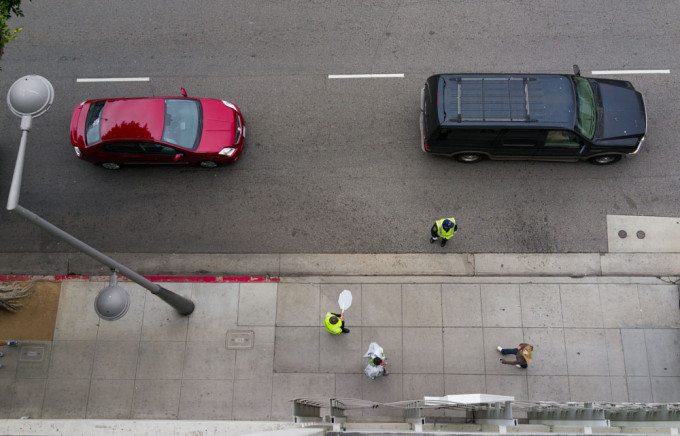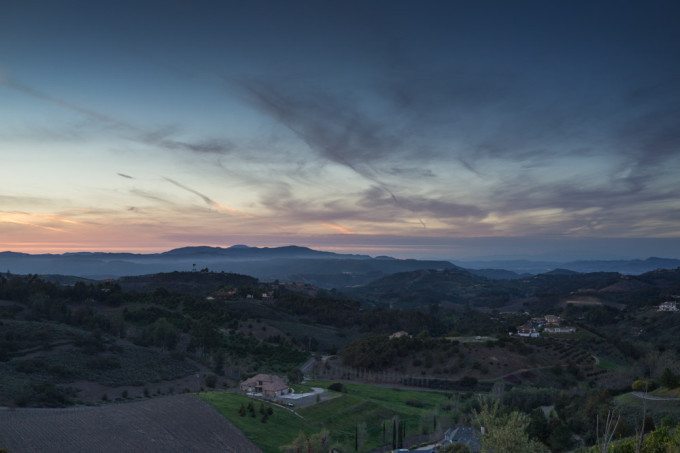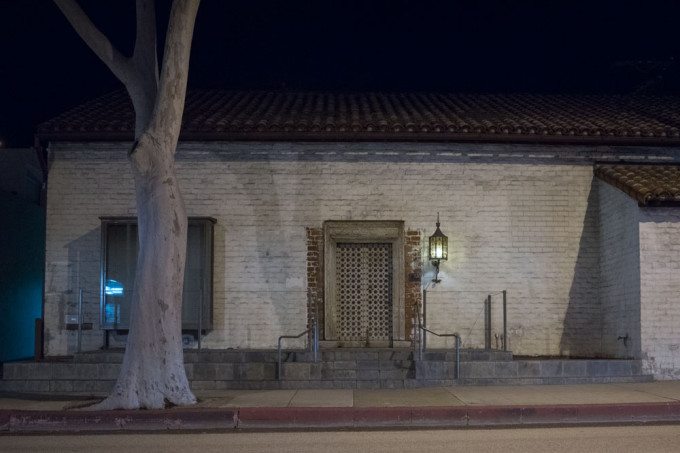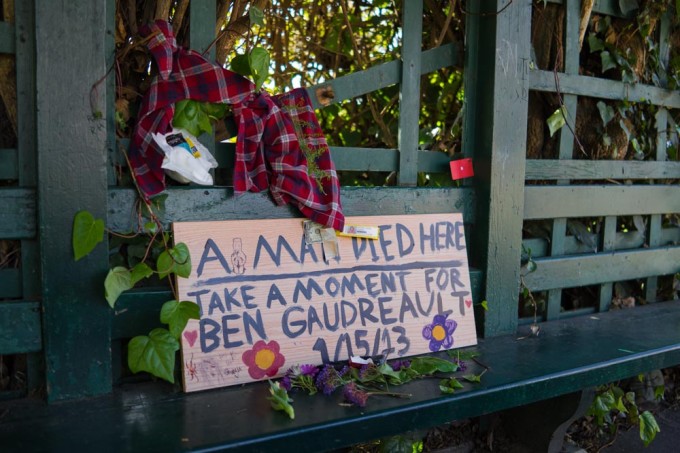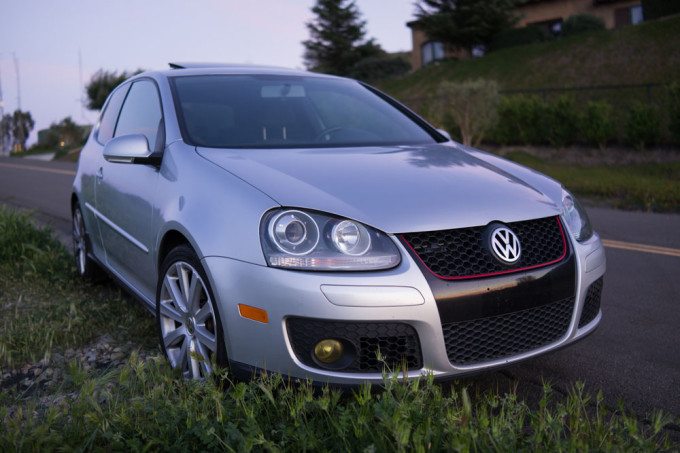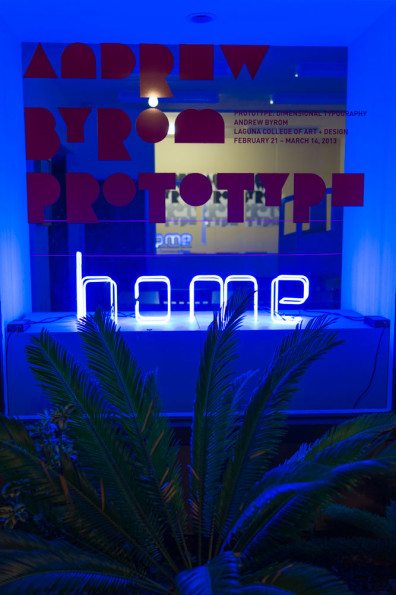Sony’s RX1 is the first of a new breed of compact camera; the very first compact digital camera with a full-frame 24×36 sensor. I had the opportunity to spend a few weeks with this digital pioneer and the following consists of my thoughts and experiences.
Pros and Cons
Pros
- Great image quality (after editing)
- Very clean high-iso
- excellent build quality
Cons
- Absurdly expensive on all accounts (including accessories)
- Does not include an external battery charger (you have to buy 3rd party if you want one)
- Occasionally frustrating menu system and button layout
Gear Used
Tech Specs
Copied from Adorama’s product page: link
| Camera Type | Professional compact digital camera |
| Imaging Sensor | Imaging Sensor: 35mm full-frame (35.8mm × 23.9mm) ExmorTM CMOS Sensor, aspect ratio 3:2 Pixel Gross: 24.7MP (approx.) Effective Picture Resolution: 24.3MP (approx.) |
| Lens | Lens Type: Carl Zeiss Sonnar T* Aperture: F2-22 Digital Zoom: 24M approx. 4x / 10M approx. 6.1x / 4.6M approx. 9.1x Focal Length (35mm equiv.): [Still 3:2] f=35mm [Still 16:9] f=37mm [Movie 16:9] f=44mm (SteadyShot On), f=37mm (SteadyShot Off) Lens Construction: 8 elements in 7 groups (3 aspherical elements including AA lens) Aperture Blade: Iris diaphragm (9 blades) Clear Image Zoom: 2x Focal Distance : AF approx. 24cm (Normal mode), approx. 14cm to 29cm (Macro) |
| Steady Shot Mode | Active : [Still image] Optical [Movie] Active Mode, Optical type with electronic compensation (Anti-rolling) |
| Metering Modes | Multi segment / Center weighted / Spot |
| D-Range Optimizer | Off, Dynamic Range Optimizer (Auto/Level), Auto High Dynamic Range: Auto exposure difference, Exposure difference level (1.0-6.0EV, 1.0-EV step) |
| ISO Sensitivity (Movie) | Auto (ISO100-3200 equivalent (1/3 EV stop), selectable with upper/lower limit), 100/6400 |
| LCD Display | LCD Type: 3.0″ (7.5cm) (4:3) / 1,229k dots / Xtra Fine / TFT LCD Brightness Control: Auto / Manual (5 steps) / Sunny Weather mode |
| Drive System | Shutter Type: Program Auto (30-1/2000) / Manual (Bulb, 30-1/2000) / Aperture Priority (30-1/2000) / Shutter Priority (30-1/2000) Continuous Shooting Speed: 5 fps at 24.3MP Self-timer: 10sec. / 2sec |
| Video Format | AVCHD: 28M PS (1920×1080, 60p/50p) 24M FX (1920×1080, 60i/50i), 17M FH (1920×1080, 60i/50i) 24M FX (1920×1080, 24p/25p) 17M FH (1920×1080, 24p/25p) MP4: 12M (1440×1080, 30fps/25fps) 3M VGA (640×480, 30fps/25fps) |
| Dimensions | 4.5 x 2.6 x 2.7″ (113.3 x 65.4 x 69.6mm) |
| Weight | Weight: 17 oz (782g) Weight: 16 oz (453g ) main unit only |
Ergonomics
On the top plate of the RX1 you will find your main controls for the mode dial, power switch and exposure compensation. You’ll also notice the aperture ring built into the lens as well as the close-focus toggle.
The dials are nicely made and snap into place with a very positive feel. The exposure compensation dial is in a good spot and falls underneath your thumb. This is where the mode dial, on/off switch around the shutter release, and the exposure compensation dial are.
On the lens barrel you will find the aperture ring and close focus ring which you simply twist to engage the close focus range.
On the front of the body is the dial to select focusing modes. Choices are AF (Autofocus), DMF (Digital Manual Focus) and MF (Manual Focus).
On the rear of the camera is where you will find the rest of the physical buttons for hardware control. This includes the playback button, pop-up flash, autofocus lock, function, display, menu, trash, and a four way control dial.
On the side of the camera is a small flip-out door which hides the micro-HDMI port, USB charging port and microphone port. Covering all of this is a little plastic flap.
On the bottom of the RX1, you will find the memory card slot (Memory Stick or SD compatible) and the removable battery (though you have to charge the battery in the camera unless you purchase a third-party battery charger).
The EVF (Electronic ViewFinder) fits into the hot-shoe on top of the camera and will automatically activate when you place the camera up to your eye. It has excellent resolution and produces a very clear image which makes it very easy to shoot with. I just wish it wasn’t such a tumor sprouting from the top of the camera.
Build Quality
For a camera that costs as much as the RX1, I would certainly hope that it would be a well-built, solid machine. Thankfully, Sony put in the effort to make this one solid little hunk of metal. When I first got my hands on the camera, I was extremely pleased with how nice it felt in my hands. The buttons all had a solid feel to them, as did the main control dial and aperture ring. Because the lens itself is matched to the body and is non-interchangeable, this means that all of the seams are tight and there is no way to get dust on your sensor. I have to say that I was impressed with how much Sony was able to pack inside of this relatively small camera body. They clearly have a strong understanding of miniaturization.
Autofocus
Compact cameras often have to make compromises in some areas to be able to achieve their diminutive size. This will typically manifest itself in compromises of either autofocus speed, image quality (due to sensor size) or other factors. The RX1 has a contrast-detection (off the sensor) system which works quite well in all but the lowest light (and by lowest light I mean ISO 6400+ territory). I did run into a couple of instances where it had some trouble locking onto a subject, tracking subjects in motion and subjects that are quite low in contrast. Aside from those specific situations, I found the RX1 to be easy to work with and accurate enough to feel confident in its abilities.
Ease of Use
Here is where I have some gripes about the Sony RX1, not many mind you, just some specific details that seemed to continually frustrate me during my time with the camera. Overall, the camera can be quite basic to operate if you just keep things simple, but there are a couple of things that didn’t operate the way I expected them to. I found it somewhat annoying to have to change the quality settings from RAW to Jpeg just to be able to use the HDR modes. Additionally, the menu system seemed to always be fighting against me.
This could be entirely due to the fact that I am a 10+ year veteran of the Canon EOS system, but I just found it to be counter-intuitive most of the time. Thankfully it wasn’t a crippling experience, or enough to make the camera unusable, it was just somewhat annoying. Otherwise functionality-wise the camera is easy to hand-hold due to its diminutive stature, though it was just a pinch too small for my reasonably large bear-paws.
Okay, enough griping. On to the positive aspects! The RX1 has a very tactile quality to it which I appreciated immensely. There is no mistaking that this a digital camera, but I really enjoyed having the aperture ring right there on that wonderful Zeiss 35mm. Thanks to the leaf-shutter this camera is very quiet in operation. Additionally, having the toggle for close-range focusing on the lens barrel was very handy rather than having to dive into the menu system to enable it.
Overall impression, it’s a good experience with some small reservations.
Metering
The Sunny-16 rule (1/125 @ f16 ISO 100) may be old, but it is a tested measure of accuracy still used today. I am very pleased to say that the RX1 was spot on in my metering tests comparing it with the Sunny-16 rule, and my trusty Sekonic light meter. All is well in this department.
Image Quality
How can you lose with a full-frame sensor and a specially matched Carl Zeiss 35mm f2 lens? Well, the short answer is–it’s complicated. You see, the sensor is pulled from the A99 body (which is a very good sensor might I add) and the lens has been specially designed by Zeiss to be matched to the sensor in this body. The trouble is, that matched pair makes for a non-interchangeable option which means this camera does not have a focus micro-adjustment feature.
This presents itself as an issue because the RX1 I was shooting with experienced some back-focusing issues. Now it wasn’t constant, but there was definitely cases where the camera was putting out images that seemed soft or incorrectly focused (despite having focused on a specific area of the frame).
After some investigation it turns out I was not alone in this discovery as I have seen multiple reports of back-focus issues with the RX1. I am sure that Sony will come up with some kind of solution if it turns out to be a serious problem. When the camera is focusing properly it does deliver very nice files, particularly in the higher ISO range. However nice and clean the files are, I felt that they lacked the “biting clarity” that I have experienced with the many other Zeiss lenses I have owned in the past.
The files can be massaged to give really nice results, but you still have to give some work to practically every image it would seem. It’s all still very usable in the end, but just another one of those moments where you realize the sheer expense of this $2800 camera and start to question it.
Raw File Versatility
Now I realize this image is a bit underexposed, but I intentionally wanted to see how much recovery could be done with a single raw image. I have to say that that I was pleased that this much could be pulled out of an underexposed file.
Additionally, when you have noticeable overexposure, there is still a lot of recoverability as is evident by this image above (which was intentionally overexposed).
High ISO File Quality
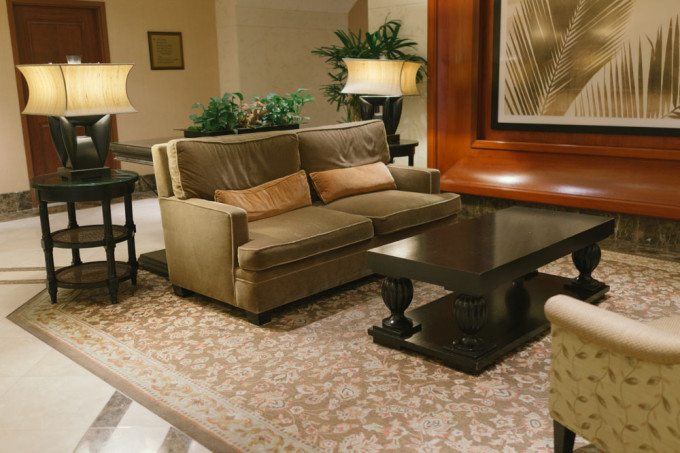
This is one area that I was very pleased with regarding image quality, the noise in the files at ISO 3200+ is very manageable and only “unusable” past ISO 10000 (which I find to be perfectly acceptable).
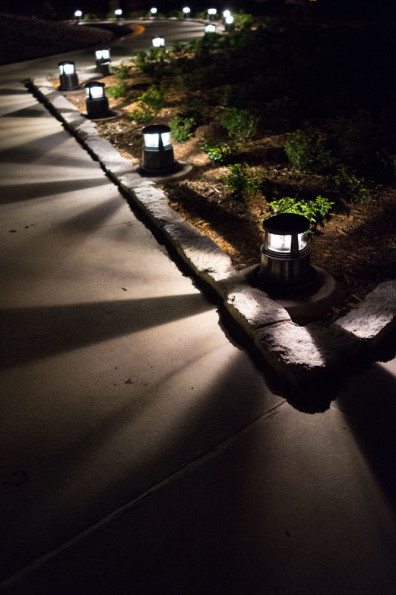
In the image above I cranked the sensitivity up to 6400 and came away with totally usable file quality. However when I pushed it all the way to 25600 things got pretty nasty. (Though it is possible to convert these images to black and white and get a salvageable image as a result)

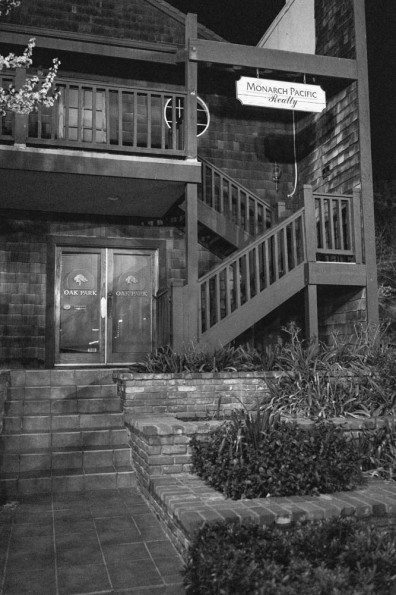
Additional Images
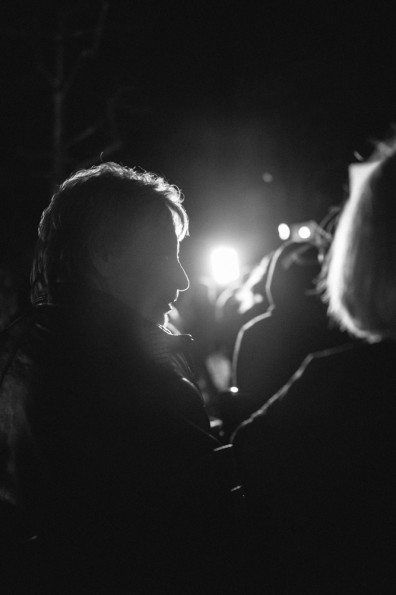
Conclusions
I was quite excited to get my hands on this camera ever since I first heard about it. That being said, after the “ooh shiny!” phase wore off (unfortunately it was rather premature) I started to just evaluate it for its merits. There is a lot to like for many photographers. For me, however, I just unfortunately didn’t fall in love with it. It’s extremely costly for a fixed-lens camera (despite that fixed lens being a Zeiss optic) and all of the accessories are also right up there in the very high end of the spectrum. Additionally, I was hugely disturbed to find out that Sony does not supply you with an external battery charger (like practically EVERY other camera manufacturer does). In order to charge the battery you have to plug the camera into the wall. This would be ok if the camera had exceptional battery life, but unfortunately it does not thanks to the fact that it constantly has to power the LCD on the back. I was lucky to get 200 shots on a full charge. In the end I think that this can be a very capable camera in the right hands, and for its primary audience, most will buy this camera for the purpose of photojournalism and / or street-photography. In those cases, I can certainly see the value of a discreet, quiet-as-a-mouse, full-frame compact camera.
Please Support The Phoblographer
We love to bring you guys the latest and greatest news and gear related stuff. However, we can’t keep doing that unless we have your continued support. If you would like to purchase any of the items mentioned, please do so by clicking our links first and then purchasing the items as we then get a small portion of the sale to help run the website.


